Net Sleeve
WHAT IS A NET SLEEVE?
The net sleeve is a device designed to mitigate the effects of depredation. Depredation in longline fisheries, whereby the hooked target catch is consumed/ partially consumed by a large marine animal, not only induces financial losses through a direct loss of catch but can lead to injury or entanglement of the non-target species. Depredation events are commonly perpetrated by marine mammals and sharks from longlines and nets.
The net sleeve is a buoyant “umbrella” which sits on a vertical hook line above the baited hooks. The sleeve is able to slide up and down this line, but due to its positive buoyancy, it remains at the top of the vertical line whilst the baited hooks sit on the seabed. Once the gear is being hauled aboard, the movement of the vertical lines through the water causes the net sleeve to slide down and cover the hooks, shrouding any caught fish. As the gear is being retrieved, the catch (and sharp hook) is shielded from depredation.

Source: Moreno et al. 2008
CURRENT RESEARCH & USE
A study in the Patagonian Toothfish demersal longline fishery trialled the net sleeve in an attempt to reduce interference from large marine animals, specifically orcas and sperm whales. The percentage of depredation decreased from 5% without the device, to 0.36% when the net sleeves were deployed. Additionally, there was no reduction in rate of target catch.
This study also found that due to the added weight bags used to anchor the baited hooks, seabird mortality was reduced to zero, and bird-scaring lines were no longer necessary to avoid seabird bycatch.
This page was last updated on 12.02.21.
Interested in how this and other measures could mitigate bycatch in your fishery? Get in touch with us to collaborate or take part in a study.

